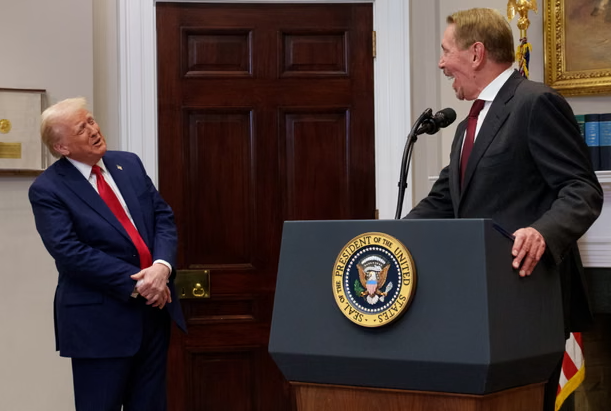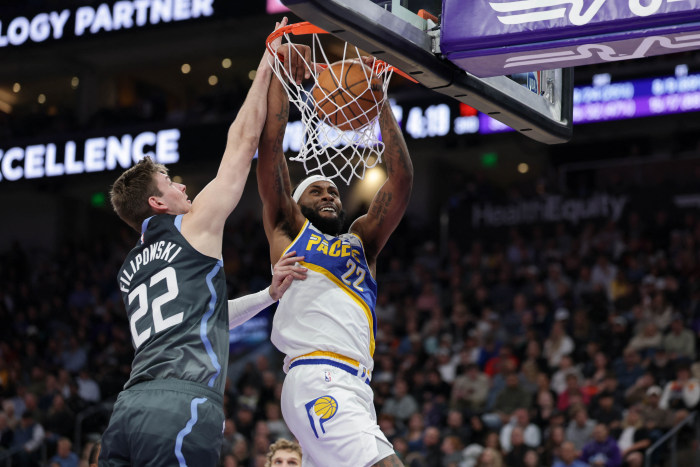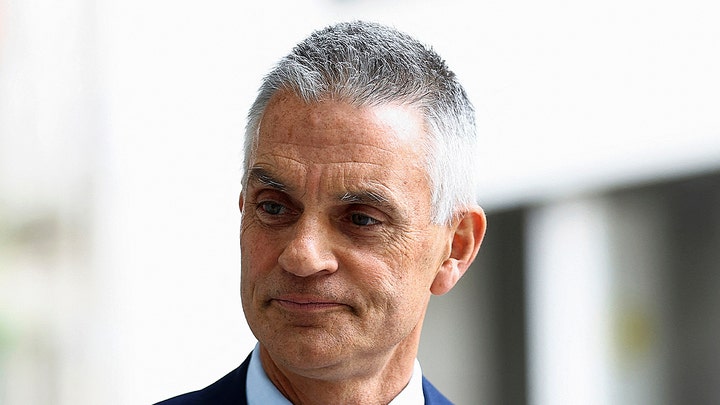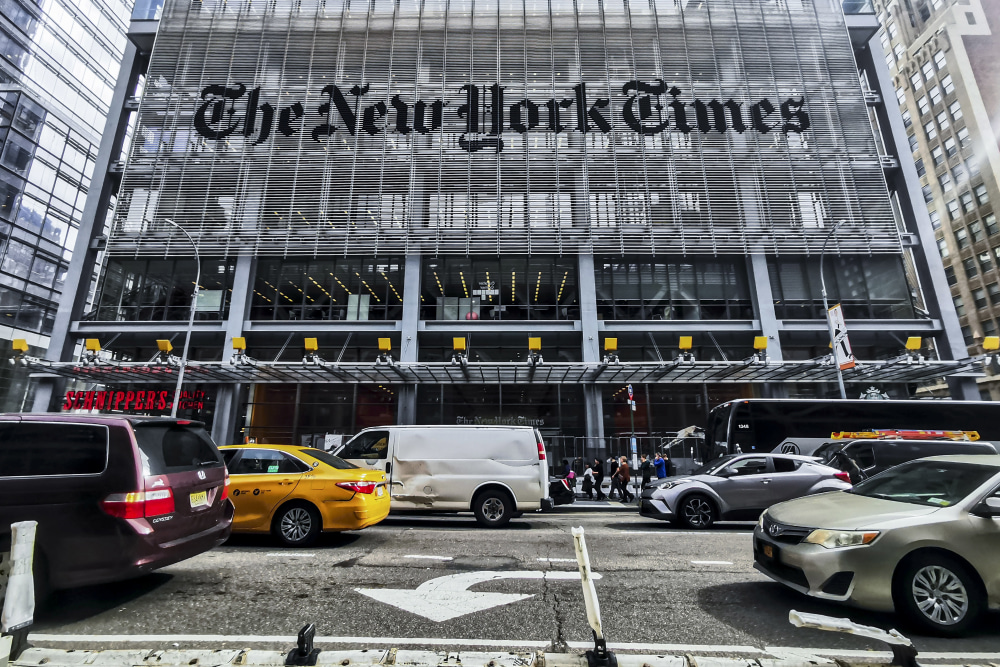
This article is more than
2 year oldLook out. Streaming is turning into cable TV.
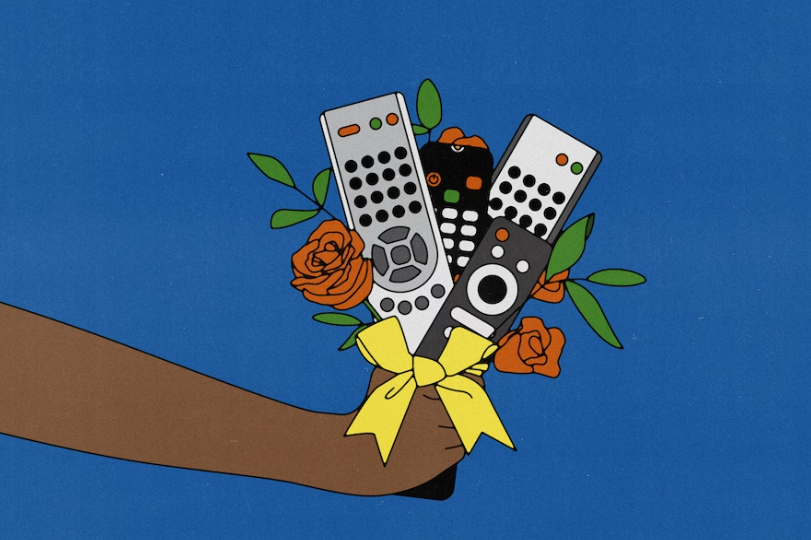
This article is a preview of The Tech Friend newsletter. Sign up here to get it in your inbox every Tuesday and Friday.
Watch your wallet. Streaming is starting to turn into cable TV.
Verizon is planning to offer its mobile phone customers a dual subscription to Netflix and Max, previously called HBO Max, for about $10 a month, the Wall Street Journal reported last week. If you bought both subscriptions with commercials separately, you’d pay about $17.
Disney, your mobile phone provider and other companies are increasingly offering “free” or discounted combinations of streaming subscriptions.
You need to take a hard look at whether these offers are really a bargain or if this is the slippery slope to paying for entertainment you don’t really want.
You know from cable TV how this can turn out. Eventually we pay more and more money for stuff we don’t want to watch.
Make no mistake, powerful players in streaming are openly talking about re-creating aspects of cable TV. Your best tactic to save money is to be ruthless about what you will watch and how much it’s worth it to you.
How to save money on streaming
Streaming companies now realize that digital entertainment may never be as popular as they hoped, and they’re antsy to make it more profitable.
As a result, the big-name streaming services have been raising prices. And prices will keep going up.
If you’re willing to sit through commercials, many of the bigger streaming services, including Netflix, Disney Plus, Hulu, Peacock and Max, now sell lower-priced subscriptions with ads.
For example, Netflix with ads costs $6.99 a month in the United States, while the cheapest subscription without commercials is $15.49.
In a twist on that pattern, Amazon will soon automatically put commercials into your Prime Video programming, unless you pay $2.99 extra a month to turn them off.
(Amazon founder Jeff Bezos owns The Washington Post. Interim CEO Patty Stonesifer sits on Amazon’s board.)
You should also check whether your mobile phone provider throws in free or discounted subscriptions to streaming services. Vulture has a list of phone companies that offer access to streaming subscriptions at no added cost.
(You don’t have to stream on your phone, but if you switch phone providers, you might lose access to the subscription.)
Be aware that those deals on streaming subscriptions may be available only if you have a higher-cost phone plan with unlimited data. Those unlimited data plans aren’t worth it for everyone.
And when you see twinned subscriptions like Verizon’s reported combo of Netflix and Max or the company’s $25 monthly subscription combo to Netflix and the NFL Plus sports streaming service, ask yourself whether you really want both — or if you’re pulled in by a promise of savings.
Read more tips to save money on streaming.
Evaluate whether that ‘deal’ is a good dealThe powerful CEO of the company that owns the Max streaming service has been professing his love of “bundles.”
That’s the industry term for what cable TV does in selling you a bunch of companies’ entertainment programming for less than what you’d pay for all of it separately.
Streaming bundles are popping up everywhere.
When a mobile phone plan throws in a “free” streaming subscription, that’s a bundle.
So, too, are discounted combo subscriptions like those from Verizon and Disney’s twin subscription to Disney Plus and Hulu. The combination costs $19.99 a month without commercials. That’s $12 a month less than buying both separately.
But again, we saw the downsides of bundles with cable TV. We started to pay for a bunch of TV we didn’t watch to get a few things we did.
A discounted combination subscription to Disney Plus and Hulu or Netflix and Max is only a bargain if you watch both enough to justify even a discounted price.
Let’s try a cable TV red flag rule for streaming services. Ask yourself, do I really need this streaming service? How easy is it to quit? And is it a good deal for you — or more for the bosses trying to turn streaming into cable?
Finally, think of your streaming subscriptions like you do a gym membership.
If you haven’t used it in a while, drop it. Streaming is getting too expensive to keep paying for Max because maybe you’ll eventually watch “the Gilded Age.”
Unlike many gym memberships, it is easy to quit most monthly streaming subscriptions. You can always subscribe again later if there’s something new you’re desperate to watch.
Read more:
- The cheapskate’s guide to digital entertainment
- How to pause and cancel your accounts to juggle streaming services
- The newest TV shows and movies to stream right now
By Shira Ovide
Shira Ovide writes The Washington Post's The Tech Friend, a newsletter about making your technology into a force for good. She has been a technology journalist for more than a decade and wrote a tech newsletter at the New York Times.

